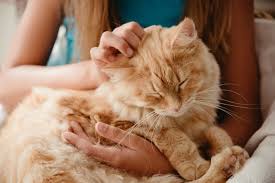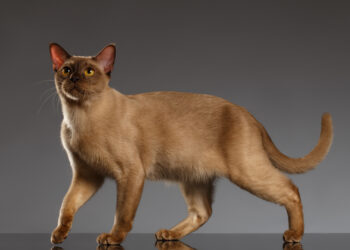In the intricate world of feline behavior, understanding and addressing mother cat aggression is crucial for fostering a harmonious relationship between pet owners and their feline companions. This comprehensive guide aims to provide valuable insights and effective strategies to manage and mitigate aggression in mother cats.
Identifying Root Causes
Hormonal Influences
Mother cats, or queens, can exhibit aggressive behavior, often influenced by hormonal changes during pregnancy and lactation. Understanding these biological factors is key to comprehending the source of aggression.
Territorial Instincts
Territoriality is a cornerstone of feline behavior. Mother cats may become defensive and aggressive when they perceive a threat to their territory, particularly during the delicate stages of raising their offspring.

Signs of Mother Cat Aggression
Recognizing the signs of aggression is imperative for prompt intervention and resolution. Common indicators include:
- Hissing and Growling: Auditory cues signaling discomfort or fear.
- Piloerection (Hair Standing on End): A physical manifestation of heightened stress.
- Swatting and Scratching: Defensive behaviors employed to establish boundaries.
Strategies for Managing Aggression
Gradual Socialization
Introducing a structured socialization process is paramount for acclimating mother cats to new environments and individuals. Begin with controlled interactions, allowing gradual familiarity and reducing stress triggers.
Environmental Enrichment
Creating a stimulating and enriching environment is essential for diverting a mother cat’s attention from potential stressors. Enrichment can include:
Positive Reinforcement
Reward-based training can be highly effective in modifying aggressive behavior. By associating positive experiences with non-aggressive actions, a mother cat can learn alternative responses to perceived threats.

Seeking Professional Assistance
In instances where aggression persists or escalates, seeking guidance from a veterinarian or animal behaviorist is advisable. These professionals can conduct a thorough assessment and tailor intervention strategies to the specific needs of the mother cat.
Conclusion
Understanding and managing mother cat aggression is a nuanced process that requires patience, observation, and a proactive approach. By addressing the root causes, recognizing behavioral cues, and implementing strategic interventions, pet owners can create a safe and harmonious environment for both mother cats and their human companions.





















